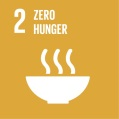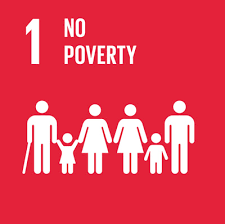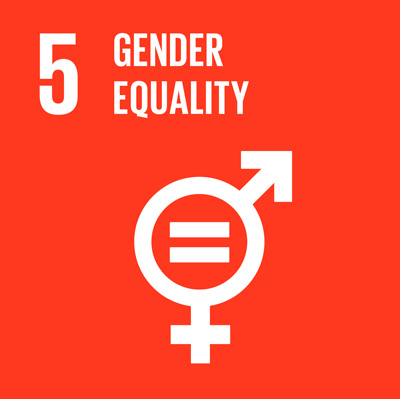Indicators for Country Strategies (Aggregate and Thematic Reference Indicators)
Page Content
SDC management has approved a set of reference indicators to monitor the implementation of
Switzerland's Strategy 2021-24 for International Cooperation (IC Strategy). The indicators relevant for the Agriculture and Food Systems domain are presented below. (The former reference indicators related to the International Cooperation Strategy 2017-2020 can be found
here).
I) Aggregate Reference Indicators (ARI):
Number of smallholder farmers with increased incomes from agricultural production |
 | 2.3: By 2030, double the agricultural productivity and incomes of small-scale food producers, in particular women, indigenous peoples, family farmers, pastoralists and fishers, including through secure and equal access to land, other productive resources and inputs, knowledge, financial services, markets and opportunities for value addition and non-farm employment. | 2: Private sector and job creation |
|
Number of smallholder farmers applying more agroecological farming practices |
 |
2.4: By 2030, ensure sustainable food production systems and implement resilient agricultural practices that increase productivity and production, that help maintain ecosystems, that strengthen capacity for adaptation to climate change, extreme weather, drought, flooding and other disasters and that progressively improve land and soil quality
| 4: Resources management |
II) Thematic Reference Indicators (TRI):
| Prevalence of food insecurity |
 | 2.1: By 2030, end hunger and ensure access by all people, in particular the poor and people in vulnerable situations, including infants, to safe, nutritious and sufficient food all year round. | 6: Prevention, reconstruction and rehabilitation |
|
Effectiveness of existing or newly introduced national policies and legal frameworks in A+FS for SHF |
 | 2.4: By 2030, ensure sustainable food production systems and implement resilient agricultural practices that increase productivity and production, that help maintain ecosystems, that strengthen capacity for adaptation to climate change, extreme weather, drought, flooding and other disasters and that progressively improve land and soil quality | 4: Resources management |
|
Number of persons, whose diet is healthy |
 | 2.2: By 2030, end hunger and ensure access by all people, in particular the poor and people in vulnerable situations, including infants, to safe, nutritious and sufficient food all year round.
| 7: Access to basic services |
|
Number of smallholder farmers who have secure land tenure / land rights |

 | 1.4: By 2030, ensure that all men and women, in particular the poor and the vulnerable, have equal rights to economic resources, as well as access to basic services, ownership and control over land and other forms of property, inheritance, natural resources, appropriate new technology and financial services, including microfinance Indicator
5.A: Undertake reforms to give women equal rights to economic resources, as well as access to ownership and control over land and other forms of property, financial services, inheritance and natural resources, in accordance with national laws.
| 2: Private sector and job creation |
old ARIs and TRI related to Agriculture & Food Security
all the current indicators for all the themes (link only accessible for SDC staff)
